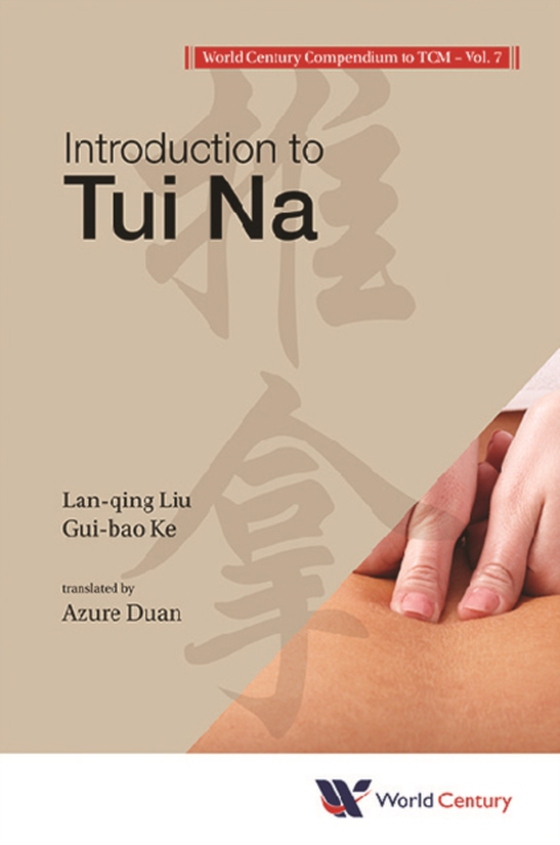
World Century Compendium To Tcm - Volume 7: Introduction To Tui Na e-bog
509,93 DKK
(inkl. moms 637,41 DKK)
Traditional Chinese tui na, one of the earliest medical treatment methods with a long history tracing back to ancient times, is an important component of traditional Chinese medicine (TCM). This book is compiled with the aim of popularizing tui na modality along with allowing readers to understand and master the fundamental theories, basic techniques, commonly used acupoints and parts, and diag...
E-bog
509,93 DKK
Udgivet
4 oktober 2013
Længde
552 sider
Genrer
Complementary and alternative medicine and therapies
Sprog
English
Format
pdf
Beskyttelse
LCP
ISBN
9781938134241
Traditional Chinese tui na, one of the earliest medical treatment methods with a long history tracing back to ancient times, is an important component of traditional Chinese medicine (TCM). This book is compiled with the aim of popularizing tui na modality along with allowing readers to understand and master the fundamental theories, basic techniques, commonly used acupoints and parts, and diagnosis and treatment methods of diseases in a relatively short period of time. The book is a summary of clinical experiences of tui na with practical contents and detailed illustrations, which can be easily appreciated and serve both purposes of the popularization of tui na and advancement in this field.The book introduces 25 common maneuvers including manipulations in children, more than 70 common diseases with diagnostic, treatment, and preventive methods, and some 240 images illustrating acupoints, maneuvers, examination, and treatment methods in order to facilitate study and learning. The formal arrangement totals 14 weeks, with two days of extra content, adding up to one hundred days. Lastly, the book has appended four indices: Common Tui Na Acupoints and Areas, Common Tui Na Maneuvers, Common Examinations, and Common Applicable Diseases and Symptoms.After completion of the book, readers will be able to understand the main essence in the discipline of tui na and dispel the stereotypical view that tui na can only treat pains and movement disorders. The correct concept should be established so that it can be applied to a variety of diseases in internal medicine, external medicine, gynecology, and pediatrics in clinical practice. In addition, the readers will have built a solid foundation for a further and more in-depth grasp of the discipline.
 Dansk
Dansk

